
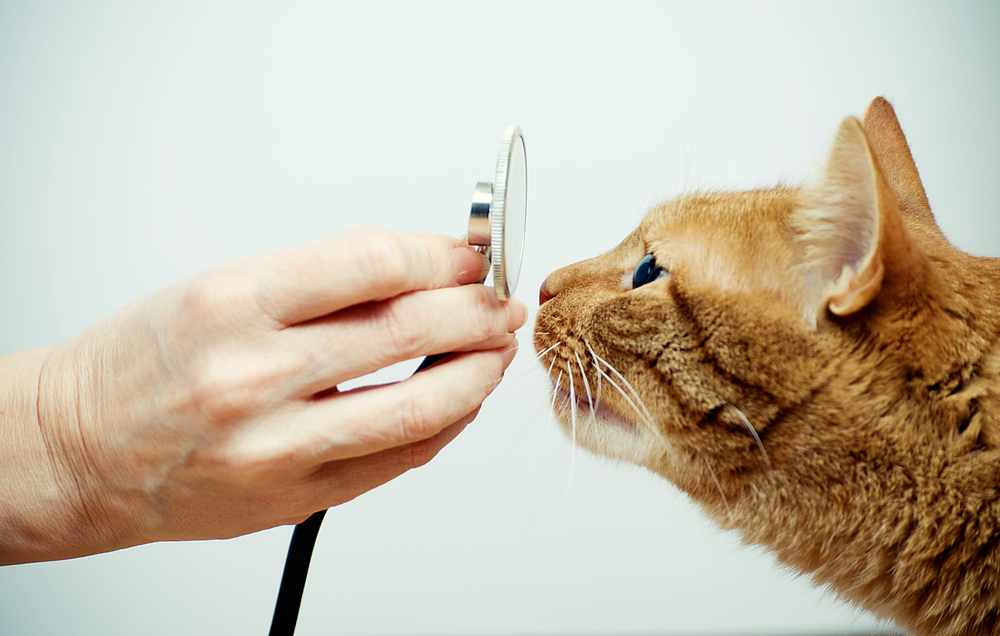
Conditions of the body that affect the nerves supplying the face muscles and eyes can lead to a group of symptoms known as Horner’s syndrome. This condition is characterized by a drooping eye, an eyelid that is protruding from the eye, or a severely constricted eye pupil. Any brain or spinal injury may cause this syndrome, and it has also been linked to conditions affecting the middle ear, but in many cases the origin remains unknown. In almost 45 percent of diagnosed cats, the exact cause remains elusive.
You will need to give a detailed history of your cat’s health, onset and nature of symptoms, and possible incidents that might have brought this condition on, such as brain trauma, injury to the head or back, ear infections, and any other previous health problems. The veterinarian will perform a thorough physical exam on your cat, with a standard blood blood count, blood profile, and urinalysis. The routine laboratory tests are not required for diagnosis of this syndrome, but may be useful for determining other diseases or infections that may be present.
Radiography remains the important technique for evaluating brain and spinal cord lesions, and skull X-rays are helpful for evaluation of ear problems. More advanced techniques like computed tomography (CT-scan), magnetic resonance imaging (MRI), and ultrasonography are also frequently used to diagnose this syndrome. In some cases, a cerebrospinal fluid (CSF) sample is taken to analyze for brain and spinal cord disease.
Horner’s syndrome itself doesn’t require any specific treatment, though your cat will need to be treated for the underlying causes leading to the symptoms of Horner’s syndrome. The medication and treatment protocol will depend on the underlying cause. If bite wound or ear infection is present, treatment is required for complete recovery, and eye medication can be prescribed to relieve the clinical signs.
Image: mtr via Shutterstock
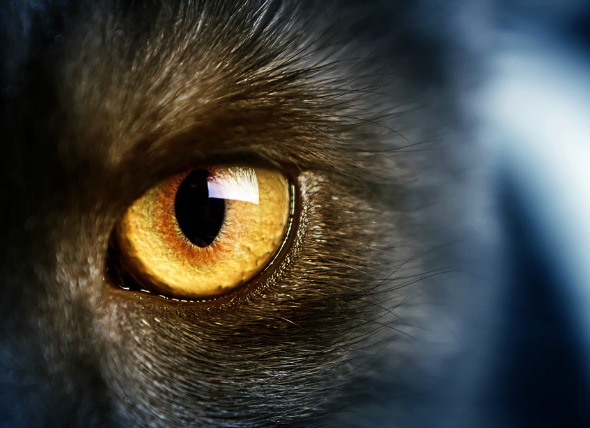 Corneal Inflammation (Nonulcerative Keratitis) in Cats
Nonulcerative Keratitis in Cats
Keratitis is the
Corneal Inflammation (Nonulcerative Keratitis) in Cats
Nonulcerative Keratitis in Cats
Keratitis is the
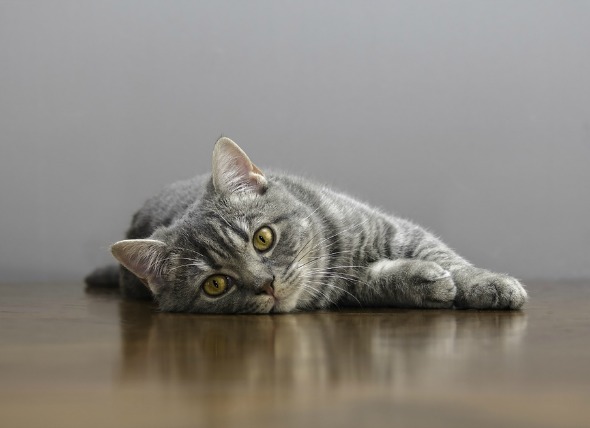 Acute Vomiting in Cats
Sudden Onset of Vomiting in Cats
Cats will
Acute Vomiting in Cats
Sudden Onset of Vomiting in Cats
Cats will
 How To Get Your Cat To The Veterinarian At Least Somewhat Willingly
At some point, every cat nee
How To Get Your Cat To The Veterinarian At Least Somewhat Willingly
At some point, every cat nee
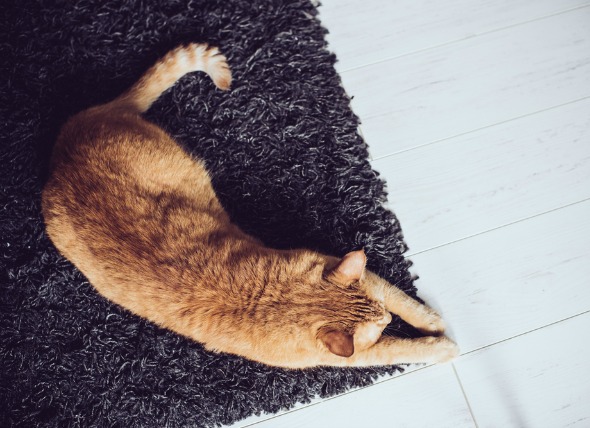 Loss of Balance (Unbalanced Gait) in Cats
Ataxia, Vestibular Disease in Cats
There are thre
Loss of Balance (Unbalanced Gait) in Cats
Ataxia, Vestibular Disease in Cats
There are thre
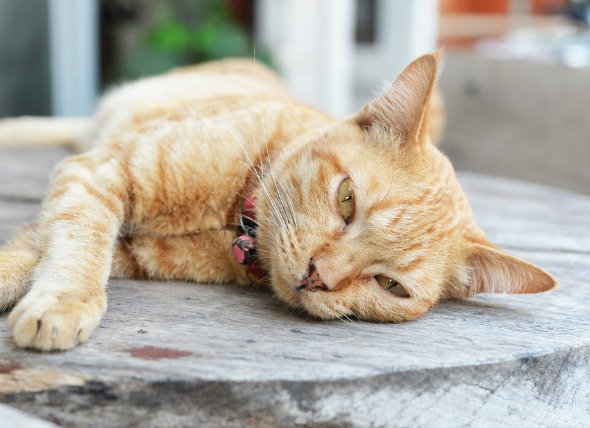 Fatty Liver Disease in Cats
Hepatic Lipidosis in Cats
Hepatic lipidosis, know
Fatty Liver Disease in Cats
Hepatic Lipidosis in Cats
Hepatic lipidosis, know
Copyright © 2005-2016 Pet Information All Rights Reserved
Contact us: www162date@outlook.com